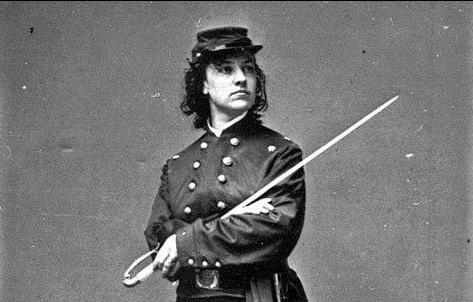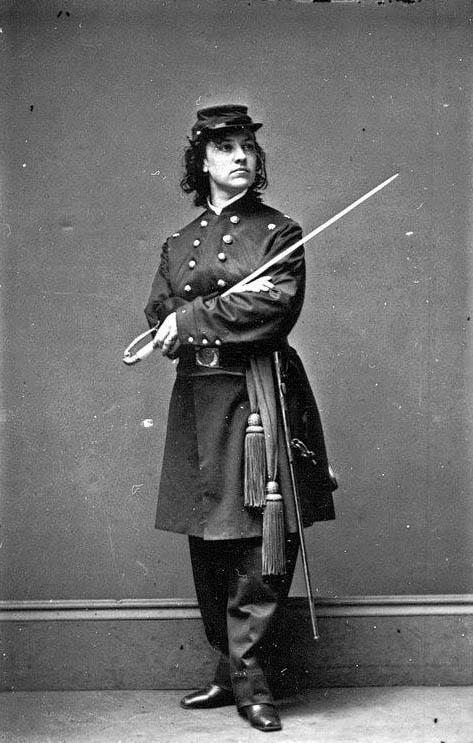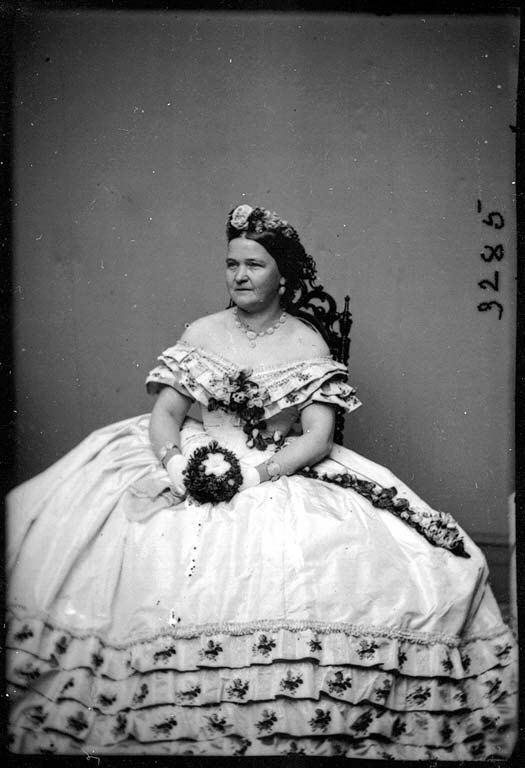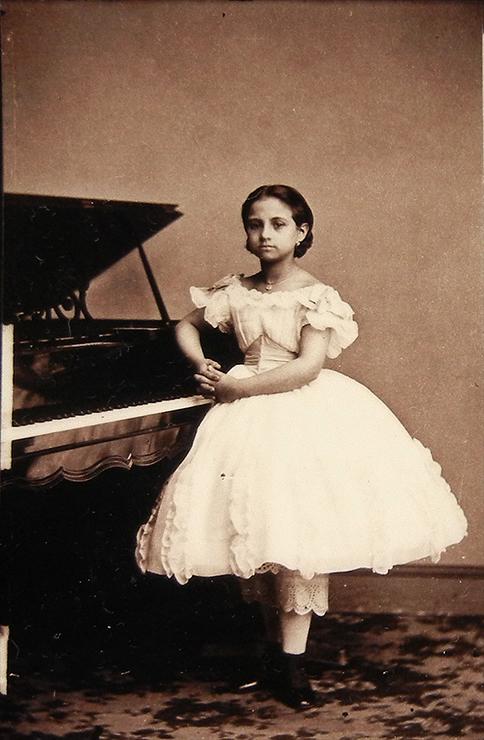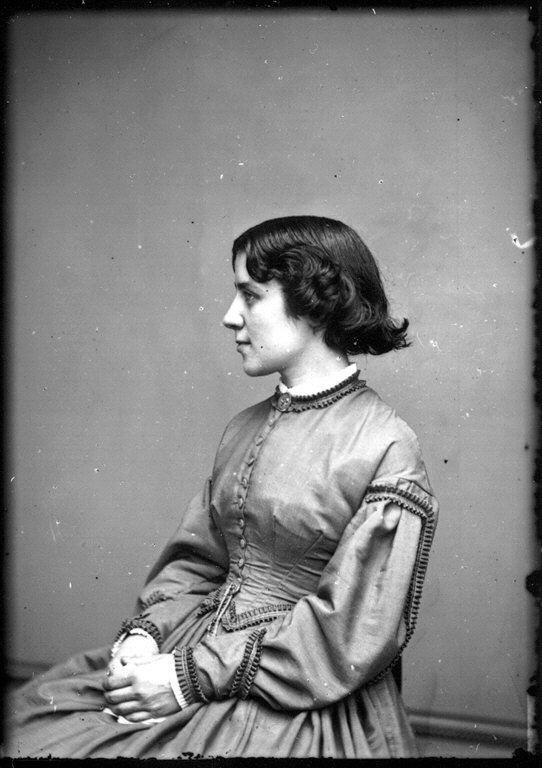Patented by the French photographer André-Adolphe-Eugène Disdéri in 1854, cartes de visite were an evolution of the cards used by the upper-middle classes when paying social calls. Disdéri had invented a method that allowed a photographer to print up to ten images on a single sheet, making the process economically advantageous and therefore accessible to clients. In America, it was the famous New York-based photographer Mathew Brady who made the cartes da visite popular. Brady understood the political and commercial potential that this new format could have in a crucial moment of American history. The American Civil War (1861-65) was just beginning and Brady’s cartes de visite, thanks to their affordability, were in demand by the families of soldiers who were about to leave for the war.
The entrepreneurial spirit that characterized Brady’s approach to photography made his studios in New York and Washington the place to go for anyone who wanted their portrait taken. Soon enough, it wasn’t just soldiers and families who wanted to be photographed but famous politicians, senior military officers, as well as actresses, first ladies, and women’s rights advocates.




